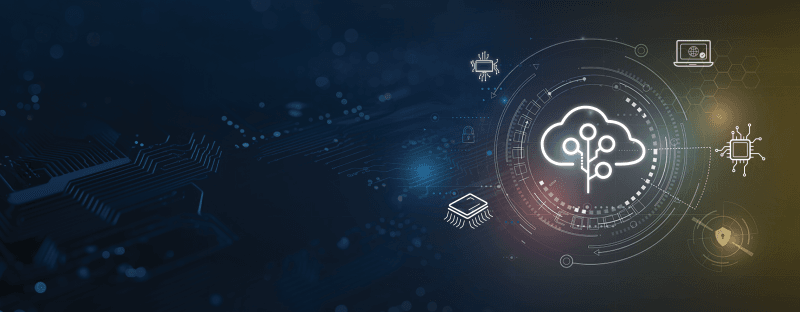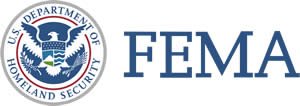RSS feed source: National Science Foundation
The U.S. National Science Foundation (NSF) has awarded a $20 million grant to expand the NSF CloudBank, an initiative designed to accelerate science and engineering research through access to commercial cloud computing. Building upon the success of a previous pilot award, this expanded phase will significantly increase access to cutting-edge computing, artificial intelligence model access and other commercial cloud services, strengthening the U.S. science and technology workforce, and ensuring the nation remains at the forefront of global innovation.
Led by the San Diego Supercomputer Center and Information Technology Services Division at UC San Diego, in partnership with UC Berkeley’s College of Computing, Data Science, and Society and the University of Washington’s eScience Institute, CloudBank 2.0 will continue its collaboration with major cloud providers such as Amazon Web Services, Google Cloud, IBM Cloud, Microsoft Azure and NVIDIA’s DGX Cloud. This will provide seamless access to commercial cloud computing, AI tools and model access, and advanced data processing capabilities.
“CloudBank 2.0 will further our mission to expand the ecosystem of available advanced computing, data and AI services available to the U.S. research community — from leading research universities to smaller institutions,” said NSF Director Sethuraman Panchanathan. “By adding commercial cloud resources to NSF’s offerings for researchers, NSF is committing to enhancing partnerships with the private sector. CloudBank 2.0 will leverage industry resources and expertise to strengthen
Click this link to continue reading the article on the source website.



